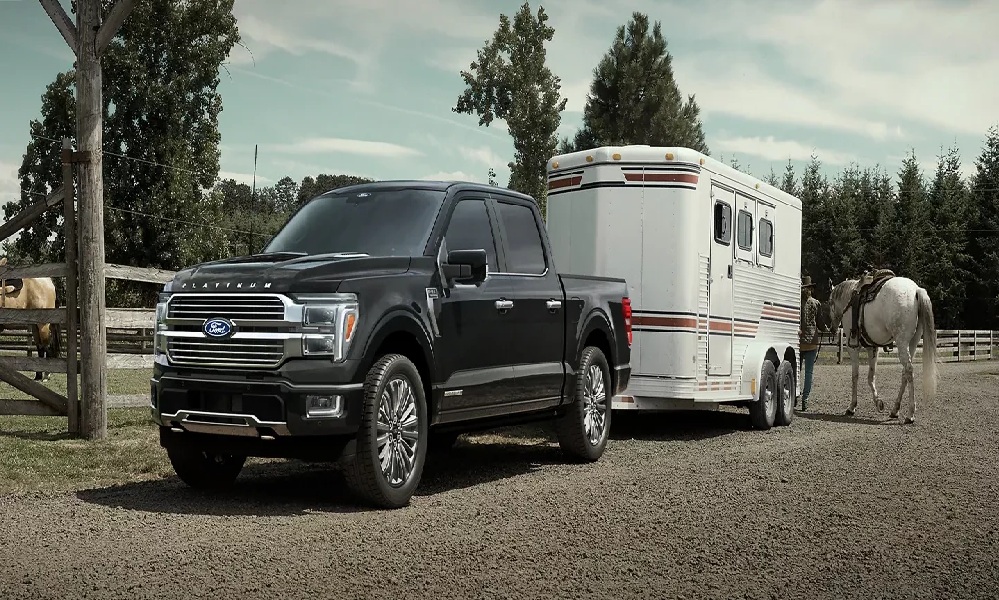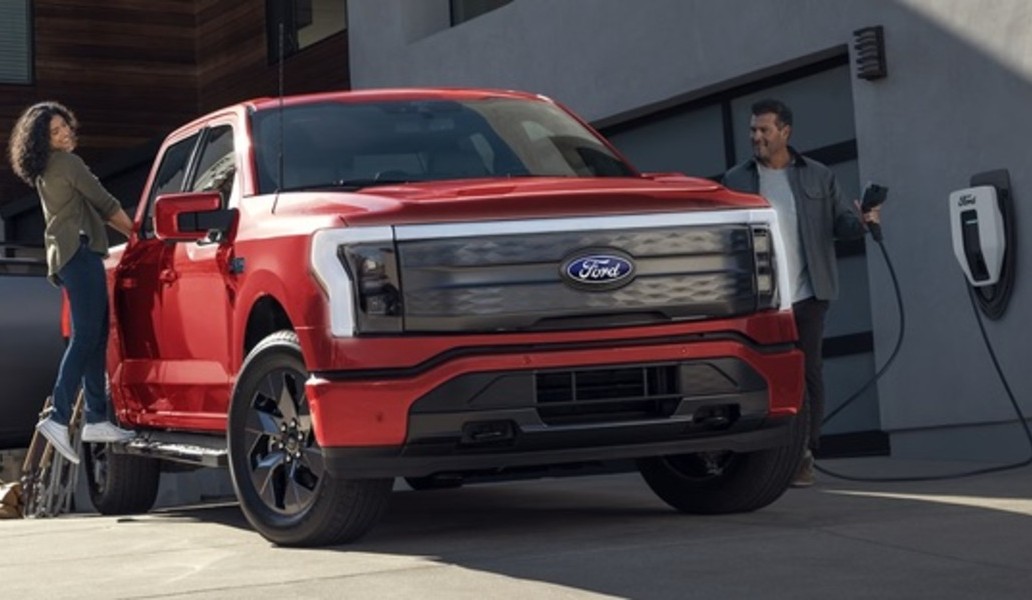Types of Automatic Transmissions for Effortless Driving
The Traditional Automatic Transmission (Torque Converter) The traditional automatic transmission, also known as the torque converter automatic transmission, is the predominant choice in the automotive industry. This type of transmission utilizes a fluid-coupling device called a torque converter to transmit power from the engine to the drivetrain. The torque converter acts as a fluid clutch, … Continued
The Traditional Automatic Transmission (Torque Converter)
The traditional automatic transmission, also known as the torque converter automatic transmission, is the predominant choice in the automotive industry. This type of transmission utilizes a fluid-coupling device called a torque converter to transmit power from the engine to the drivetrain. The torque converter acts as a fluid clutch, allowing the engine to spin at a speed different from the transmission, providing a smooth and seamless power delivery.
The traditional automatic transmission typically consists of a planetary gear set, a hydraulic control system, and a torque converter. The planetary gear set allows for multiple gear ratios, enabling the vehicle to accelerate and maintain optimal engine speed. The hydraulic control system, which includes a series of clutches and bands, manages the gear changes, ensuring a smooth and efficient power transfer.
One of the key advantages of the traditional automatic transmission is its ability to provide a comfortable and effortless driving experience, particularly in stop-and-go traffic conditions. However, this transmission type can be less efficient than other modern transmission technologies, resulting in slightly higher fuel consumption.

The Continuously Variable Transmission (CVT)
Continuous variable transmission (CVT), also known as a stepless transmission, is a type of automatic transmission offering a unique power delivery approach. Unlike traditional automatic transmissions, which have a fixed number of gear ratios, the CVT utilizes a system of pulleys and belts to provide an infinite number of gear ratios within a specific range.
The CVT’s ability to continuously adjust the gear ratio allows the engine to operate at its most efficient RPM, leading to improved fuel economy and a more responsive driving experience. This transmission technology is particularly well-suited for smaller, fuel-efficient vehicles, as it can help optimize engine performance and reduce emissions.
One of the key advantages of the CVT is its smooth and seamless power delivery, which can provide a more linear and responsive feel compared to traditional automatic transmissions. Additionally, CVTs are generally more compact and lighter than their traditional counterparts, contributing to improved fuel efficiency and vehicle handling.
However, some drivers may find the lack of distinct gear changes in a CVT less engaging or intuitive than a traditional automatic transmission. Additionally, the continuous belt-and-pulley system can be more complex and potentially more expensive to maintain over the long term.
The Dual-Clutch Transmission (DCT)
The dual-clutch transmission (DCT), also known as the direct-shift gearbox (DSG), is a type of automated manual transmission that combines the efficiency of a manual transmission with the convenience of an automatic. This technology utilizes two separate clutches, each controlling a set of gears, allowing seamless and rapid gear changes without needing a clutch pedal.
The dual-clutch transmission provides the best of both worlds – the fuel efficiency and performance of a manual transmission, as well as the ease of use and smooth shifting of an automatic. By pre-selecting the next gear while the current gear is still engaged, the DCT can achieve lightning-fast gear changes, often outperforming traditional automatic transmissions regarding response time and acceleration.
One of the key advantages of the dual-clutch transmission is its ability to deliver power more efficiently to the wheels, resulting in improved fuel economy and a more dynamic driving experience. Additionally, the DCT is often lighter and more compact than traditional automatic transmissions, making it a popular choice for performance-oriented vehicles.
However, the complexity of the dual-clutch system can also lead to higher maintenance costs and potential reliability concerns, particularly in high-mileage or high-performance applications. Some drivers may also find the initial engagement and gear changes less smooth than a traditional automatic transmission, especially at low speeds or in stop-and-go traffic.
The Automated Manual Transmission (AMT)
Automated manual transmission (AMT), also known as automated clutch manual transmission, combines the mechanical components of a manual transmission with an automated clutch and gear-shifting system. This technology aims to provide the fuel efficiency and performance of a manual transmission while offering a more convenient and user-friendly driving experience.
In an AMT, the clutch and gear-shifting operations are controlled by an electronic control unit (ECU) rather than the driver. The ECU monitors various vehicle and engine parameters to determine the optimal gear changes, seamlessly engaging and disengaging the clutch as needed. This automation allows for smoother and more efficient gear changes than traditional manual transmission while maintaining the inherent mechanical advantages.
One of the key benefits of an automated manual transmission is its potential for improved fuel efficiency, as it can optimize gear changes and engine speed to reduce fuel consumption. Additionally, the AMT can provide a more engaging and responsive driving experience than a traditional automatic transmission, as it retains the direct power delivery of a manual transmission.
However, the automated nature of the AMT can also lead to some drawbacks, such as occasional hesitation or jerky gear changes, particularly at low speeds or during heavy load conditions. Additionally, the complexity of the automated clutch and shifting system may result in higher maintenance costs and potential reliability concerns over the long term.
Hybrid and Electric Vehicle Transmissions
As the automotive industry continues to evolve towards more sustainable and efficient propulsion systems, the transmissions used in hybrid and electric vehicles have also undergone significant advancements.
In hybrid vehicles, which combine an internal combustion engine with an electric motor, the transmission system must seamlessly integrate the power from both sources. This integration often involves using a planetary gear set or a continuously variable transmission (CVT) to optimize power delivery and efficiency.
The transmission requirements for fully electric vehicles differ from those of traditional internal combustion engine vehicles. Since electric motors provide instant torque and high-revving capabilities, there is a reduced need for complex multi-gear transmissions. Many electric vehicles utilize a single-speed transmission or a simple reduction gear to transfer power from the electric motor to the wheels.
The transmissions used in hybrid and electric vehicles maximize the benefits of their respective propulsion systems, such as improved fuel efficiency, reduced emissions, and enhanced performance. These transmissions also often incorporate advanced control systems and regenerative braking capabilities to optimize energy usage and driving dynamics further.
Comparative Analysis of Different Types of Automatic Transmissions
To better understand the advantages and disadvantages of the various automatic transmission technologies, let’s compare their key characteristics:
| Transmission Type | Efficiency | Responsiveness | Maintenance Complexity | Cost |
| Traditional Automatic (Torque Converter) | Moderate | Moderate | Moderate | Moderate |
| Continuously Variable Transmission (CVT) | High | High | Moderate to High | Moderate to High |
| Dual-Clutch Transmission (DCT) | High | High | High | High |
| Automated Manual Transmission (AMT) | High | Moderate | Moderate to High | Moderate to High |
| Hybrid/Electric Transmissions | High | High | Moderate | Moderate to High |
As shown in the table, each transmission type has its strengths and weaknesses, with factors such as efficiency, responsiveness, maintenance complexity, and cost being important considerations for consumers and manufacturers.
Technological Innovations and Future Trends in Automatic Transmissions
The automotive industry is constantly striving to improve the performance, efficiency, and reliability of automatic transmissions. Several key technological innovations and future trends are shaping the evolution of this critical vehicle component:
- Advancements in Gear Designs: Engineers are continuously exploring new gear geometries, materials, and manufacturing techniques to improve the strength, durability, and efficiency of transmission components.
- Improved Hydraulic Control Systems: Refinements in hydraulic control systems, including the use of electronic control units (ECUs) and advanced sensors, are enabling more precise and responsive gear shifting, enhancing both performance and fuel efficiency.
- Integration with Hybrid and Electric Powertrains: As the adoption of hybrid and electric vehicles continues to grow, transmission systems seamlessly integrate with these alternative propulsion systems, optimizing energy usage and driving dynamics.
- Increased Adoption of Dual-Clutch and Automated Manual Transmissions: The performance and efficiency benefits of these transmission types are driving their broader adoption, particularly in high-performance and sporty vehicle segments.
- Continued Development of Continuously Variable Transmissions (CVTs): Manufacturers are working to address the perceived drawbacks of CVTs, such as the “rubber band” effect, through improved control systems and innovative designs.
- Autonomous and Connected Vehicle Integration: As the automotive industry moves towards autonomous and connected technologies, transmission systems will play a crucial role in enabling smooth and efficient power delivery to support these advanced features.
- Lightweight and Compact Designs: The ongoing pursuit of weight reduction and packaging efficiency is leading to the development of more compact and lightweight transmission designs, further contributing to improved fuel economy and vehicle dynamics.
These technological advancements and future trends in automatic transmissions are shaping the automotive landscape, offering consumers and manufacturers alike a wide range of options to meet their specific performance, efficiency, and driving experience requirements.


